New Testament Structure and Formation
by Dan Severson
The New Testament is the covenant made through the life, death, and resurrection of Christ. Like the Old Testament, the New Testament has several different types of literature. The first four books, Matthew, Mark, Luke, and John, are called “gospels”. This is a Greek word that means “Good News”. After the Gospels, is one historic book, the Acts of the Apostles. Following this are the letters of Paul, and then the letters of the other Apostles. The New Testament concludes with Revelations, which deals with the end of time.
The early church Fathers had one criteria for a book to be included in the canon of the New Testament; it must have been written by an eye witness of Jesus’ resurrection. How was it determined that the authors of these four gospels were written by eye witnesses? The theory is as follows. John was the disciple by that name so he clearly qualifies. Matthew was also one of the original twelve disciples, so he qualifies. Mark was the secretary for Peter, and Peter gave Mark the information for his gospel, so he qualifies on this basis. Luke was a companion of Paul, and Paul had an encounter with the risen Jesus, so he too qualifies on this basis (indirectly through a bona fide Apostle). Matthew, Mark, and Luke are referred to as “synoptic gospels”. Scholars perceived that these three gospels were very similar. They each contain the same outline of Jesus’ life. They share many of the same stories. It appears that there is a literary relationship between these three writings. Scholars developed a theory as to how the synoptic gospels were written by first putting them side by side. Whenever Matthew and Luke agree on what is going on in the narrative, they also agree with Mark. It is pretty clear that both Matthew and Luke used Mark as one of their sources, and that Mark was written first. Matthew and Luke also include material that Mark did not. This suggests that Matthew and Luke had an additional source. These two gospels also have material unique to each one, particularly parables. The conclusion is that Matthew and Luke had three distinct sources. Matthew and Luke were therefore written a decade or more after Mark.
Fifty percent of of Mark’s gospel is about the passion story (the crucifixion). The fact that it stresses the suffering of Christ and has no resurrection appearances, it was probably written at a time when the church as going through a persecution. It may have been written at the time Peter and Paul were in Rome where they were both executed in the mid-60s AD. It therefore originates sometime near that date.
The Gospel of John originated in Asia Minor where the Apostle John migrated when the Jewish war against Rome broke out in 66 A.D. This Gospel has a completely different outline of Jesus’ life. In the synoptic gospels, Jesus goes to Jerusalem only once – when he was crucified. In John, Jesus makes three trips to Jerusalem, one for each of the principle Jewish pilgrimage festivals. In John, Jesus cleanses the temple grounds early in his life. In the other gospels, he does it at the end of his life. In John, Jesus performs seven signs (miracles). Only one is included in the other gospels, namely the feeding of the multitudes. Moreover, John has Jesus saying many things that are not in the other gospels.


